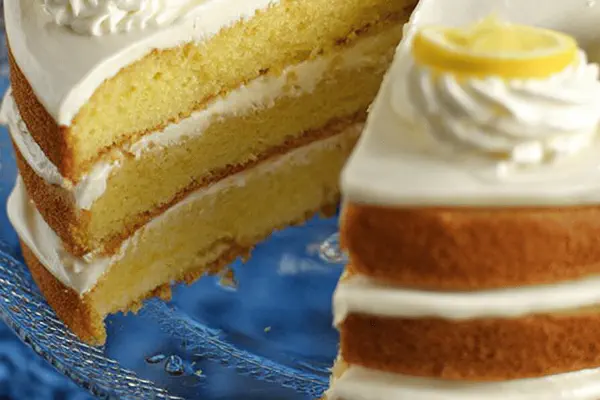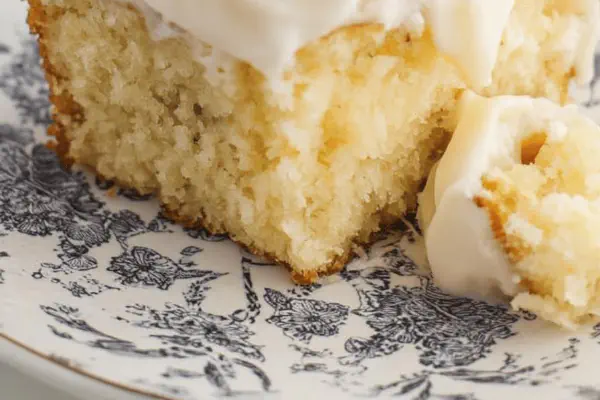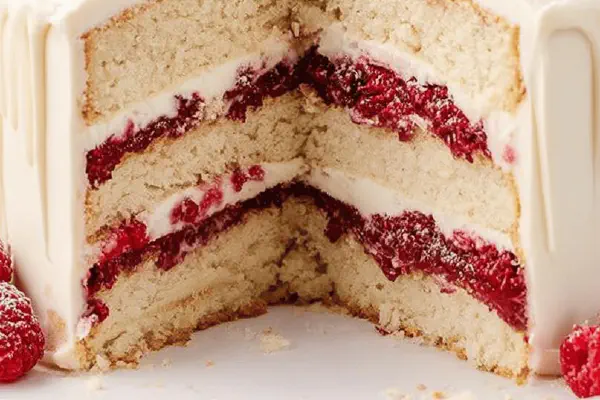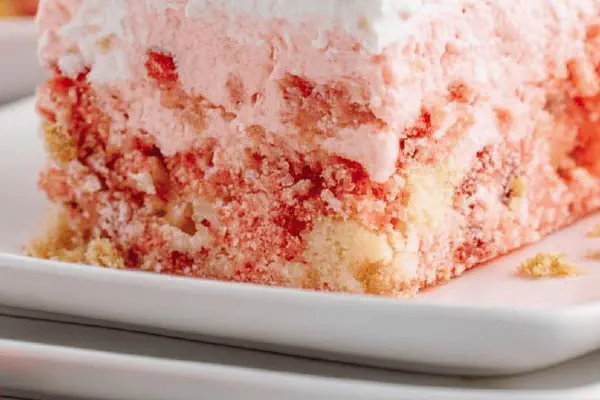Featured Recipe
Orange Pudding Cake Twist
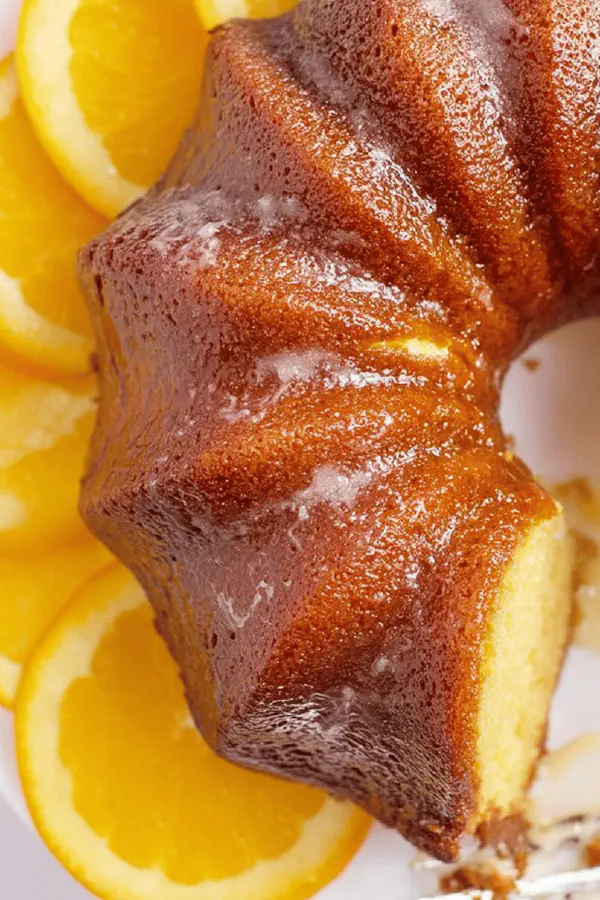
By Kate
"
A citrus cake with a moist crumb thanks to instant vanilla pudding and sour cream swap. Freshly squeezed orange juice and zest deepen flavor. Butter swap introduces browned butter aroma. Glaze with powdered sugar and marmalade, heated just so, see bubbles form but no boil. Toothpick test and cake pull from pan for doneness. Slow glaze absorption key. Bundt pan shape captures glaze beautifully. Substitutions suggested for common pantry gaps. Timing given in cues, not strict minutes. Kitchen tips included for texture, timing, and fixing dense cake.
"
Prep:
25 min
Cook:
40 min
Total:
65 min
Serves:
10 servings
cake
citrus
dessert
baking
Bundt
Introduction
Orange cakes? Common, but nail moisture, flavor, and crumb? Different story. Skin warmth from brown butter, zing from fresh juice and real zest. Sour cream swaps in for oil; adds richness without greasiness or runny texture. Instant pudding powder stabilizes crumb; no fail density control. Slow simmer glaze brings sticky-sweet punch, pools in Bundt nooks. Baking’s about watching skin and springy touch, not strictly counting minutes. Toothpick tricks: damp crumb, no wet batter. Plan for glaze soak; cake needs rest to settle. All about layering flavor, texture, patience. Small tweaks yield big leaps. Lessons hard-earned in kitchen chaos, not from brochures.
Ingredients
For glaze === 1 1/2 cups powdered sugar
- 1/3 cup marmalade (orange or apricot)
- 1/4 cup freshly squeezed orange juice
- 2 tablespoons unsalted butter
About the ingredients
Instant pudding powder anchors crumb, stops drying out. Vanilla chosen for subtle touch, chocolate pudding upside it. Browned butter (clarify if dairy wary) ups nutty notes, replaces veg oil commonly used. Orange zest? Essential. Fresh always better; dried powder can overdo bitterness. Sour cream smooths crumb; Greek yogurt can slide in if sour cream not around. Marmalade in glaze adds natural fruit chunks and bitterness balancing sugary glaze. Powdered sugar known for quick dissolving, avoid clumps by sifting before mixing. Fresh juice key - bottled may dull flavor or add excess sugar. Adjust glaze thickness by adding more powdered sugar for stiffer drizzle, thin with juice for fast soak.
Method
Preheat and Prepare Pan
- Oven to 345°F (warm but not too hot). Grease and flour a Bundt pan that holds 10-12 cups. Use butter then flour; stickiness traps flour better. Shake out excess flour; uneven coating causes sticking or bare spots.
- In a big bowl, dump cake mix, vanilla pudding powder, orange zest. Blend in browned butter - warm and nutty, adds depth instead of veggie oil. Pour in orange juice, add sour cream. Crack eggs in, one at a time; stir after each to avoid clumps. Electric mixer on medium speed, 1.5 to 2 minutes. Look for smooth, shiny batter. Overmixing makes tough cake; undermixing means lumps or dry patches.
- Pour batter into pan. Level surface with spatula; tap pan on counter once to pop large air bubbles. Slide into oven center rack. Bake 38-42 minutes, but watch signs: cake edges start to pull away, surface is springy to touch, toothpick inserted in thickest part pulls out with moist crumbs not wet batter. Color should shift from pale orange to soft golden. Avoid opening oven before 30 minutes; temperature drops cause sinking. If unsure, test more than once.
- Remove pan from oven. Let cake cool 15 minutes directly on rack. Still hot, poke through cake all over with thin skewer or toothpick - creates tunnels for glaze to seep deep. If cake resists skewering, wait 5 more minutes; too hot can make cake fall apart.
- In small saucepan, combine powdered sugar, marmalade, orange juice, and butter over medium-low heat. Stir constantly; butter melts and glaze thickens slowly. Listen for soft bubble pops, gentle simmer signals ready. Do not boil or scorching happens, bitterness spoils glaze. Once smooth and glossy, remove from heat.
- While glaze is warm, pour continuously over cake still in pan. Glaze will pool, soak, sometimes drip down sides. Keep pouring for 2-3 minutes until glaze absorption slows. This soaking step is critical - makes cake moist, sticky, and dense but not gummy.
- Let cake cool in pan 20-25 minutes. When partially cool, invert carefully onto platter. If cake sticks, gently tap pan sides or use silicone spatula to loosen edges.
- Cool completely at room temp, 1-2 hours minimum. Better after 8 hours rest; flavor deepens, texture firms slightly and remains moist. Keep covered loosely to avoid drying out.
- Dense cake? Might be overmixing or too cold ingredients. Use room temp eggs and juice. Sticky glaze soak delays are normal; patience wins. If glaze separates after cooling, whisk in 1 tsp warm water.
- No pudding mix? Use 1/2 cup Greek yogurt instead of sour cream and add 2 tsp cornstarch. Substituting marmalade with honey or maple syrup changes glaze character but still good. Butter can be clarified if lactose intolerance an issue, glaze consistency will shift slightly.
Mixing the Batter
Baking
Glaze Time
Rest and Serve
Troubleshooting
Technique Tips
Bundt pans require thick greasing and flouring; too little means cake sticks and shreds. Batter mixing balanced - too much mixing activates too much gluten, causing dryness or toughness. Watching edges pull away shows cake shrinkage signaling doneness inside. Toothpick test best done in thickest part to avoid false positives near edges. Poking holes after baking lets glaze seep beyond surface, not just eat away top. Glaze cooking over medium-low heat lets sugar dissolve slow; overheated glaze bites bitterness bitter. Pour warm glaze over warm cake gradually; hot glaze cracks cake, too cold glaze can ruin absorption. Cooling cake fully before slicing ensures sharp, clean cuts, avoids crumb fall apart. Resting overnight recommended but 8 hours minimum to let juice and sugar meld, firm crumb for slicing.
Chef's Notes
- 💡 Use room temp ingredients, especially eggs. Cold ones can create dense texture. Watch for how the batter changes; shiny, smooth is key. Skip clumps but don’t overmix. Flour the pan well, too little leads to sticking and crumbling.
- 💡 Brown the butter slowly; nutty aroma is what you want. Blend in with zest, juice well. Look for blending signs, not just a rule. A warm batter tastes, feels better. Have your skewer or toothpick ready for testing doneness.
- 💡 Oven prep matters, temp is important. 345°F is warm but not fiery. Golden edges pulling away mean success. Tap the pan once; bubbles pop, air gone. Check center part. A clean toothpick equals moist crumbs, not batter.
- 💡 Glaze prep requires constant stirring; medium-low heat. Sugar can scorch. Listen closely. Timing matters, watch when it starts bubbling softly. Soak the cake well. Pour over while warm; it’ll absorb better. This creates texture.
- 💡 Resting is crucial! Let the cake chill for several hours. Overnight is best for flavor depth. Cooling in pan before inverting tips the balance; patience necessary. Crumb needs time to settle. Slice clean, enjoy the firm texture.
Kitchen Wisdom
Why is my cake dense?
Overmixing often the reason. Cold ingredients too, like eggs. Mix only well enough. Room temp helps; aim for airy texture.
How to store leftovers?
Wrap well. At room temp for short run. Fridge for longer life. Just moisture is crucial. Avoid drying out.
No sour cream, what now?
Use Greek yogurt. Less fat. Add some cornstarch for stability. It’ll change flavor slightly but still good.
Glaze not setting, what’s wrong?
Maybe too cold when poured. Try warming it. Thin glaze? More sugar to thicken, or juice to adjust consistency.
